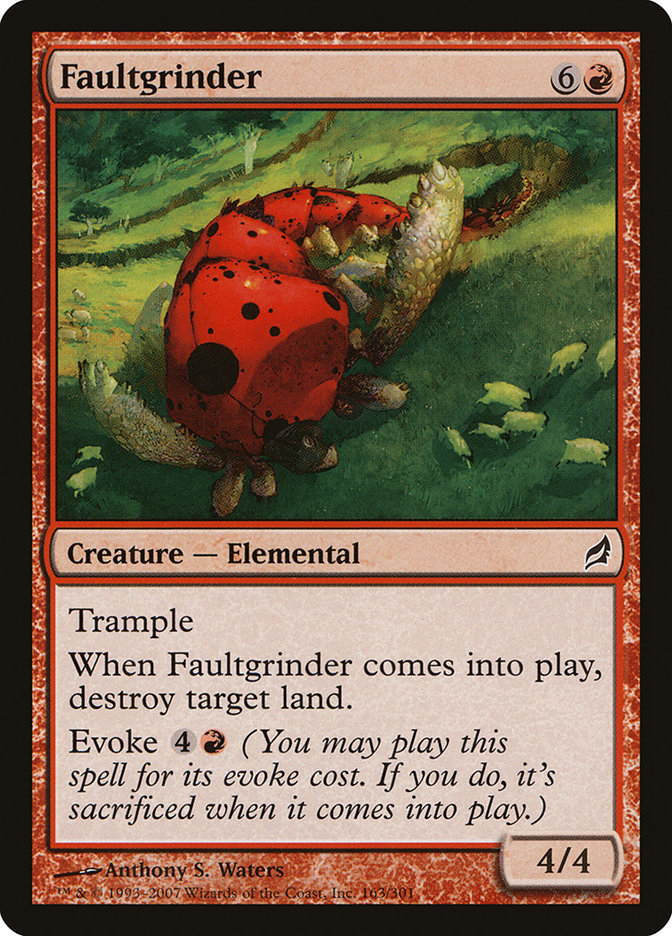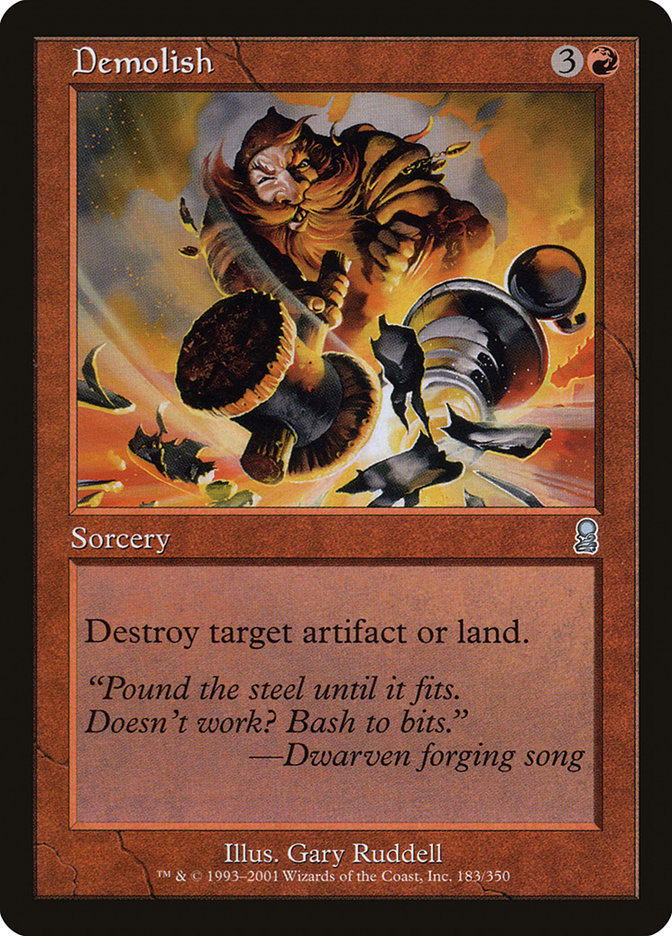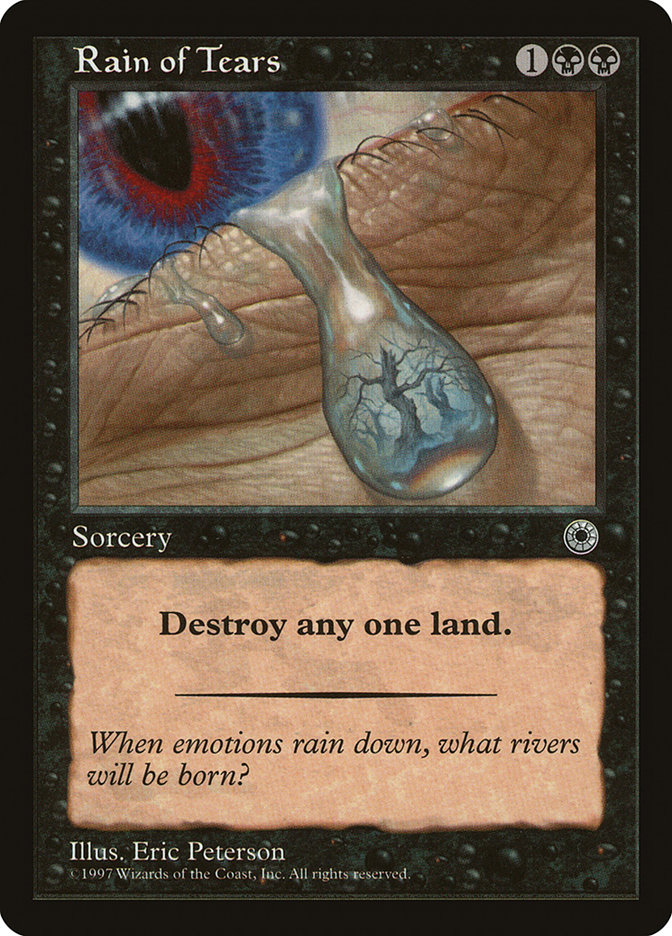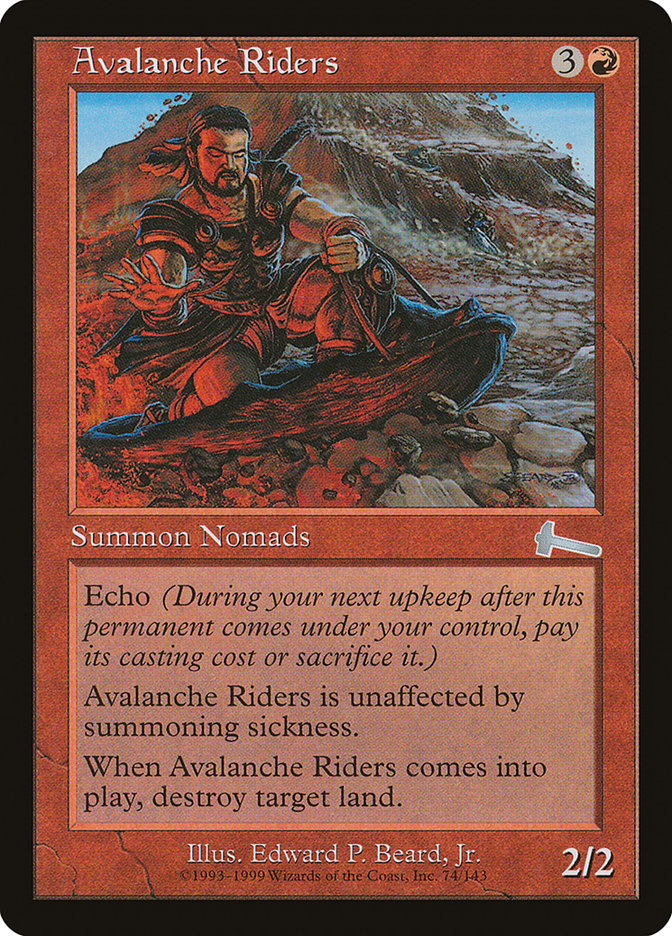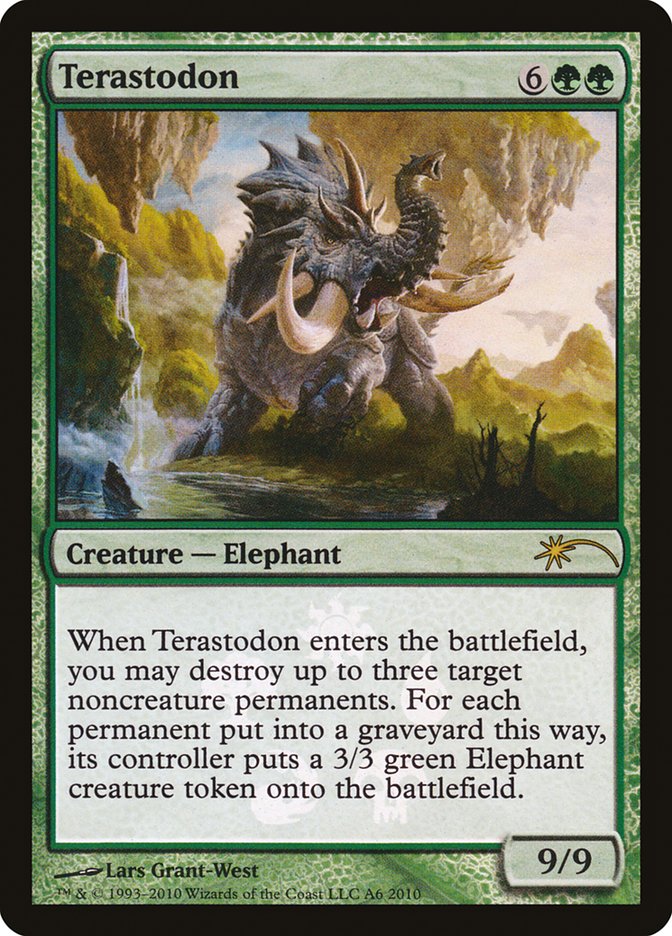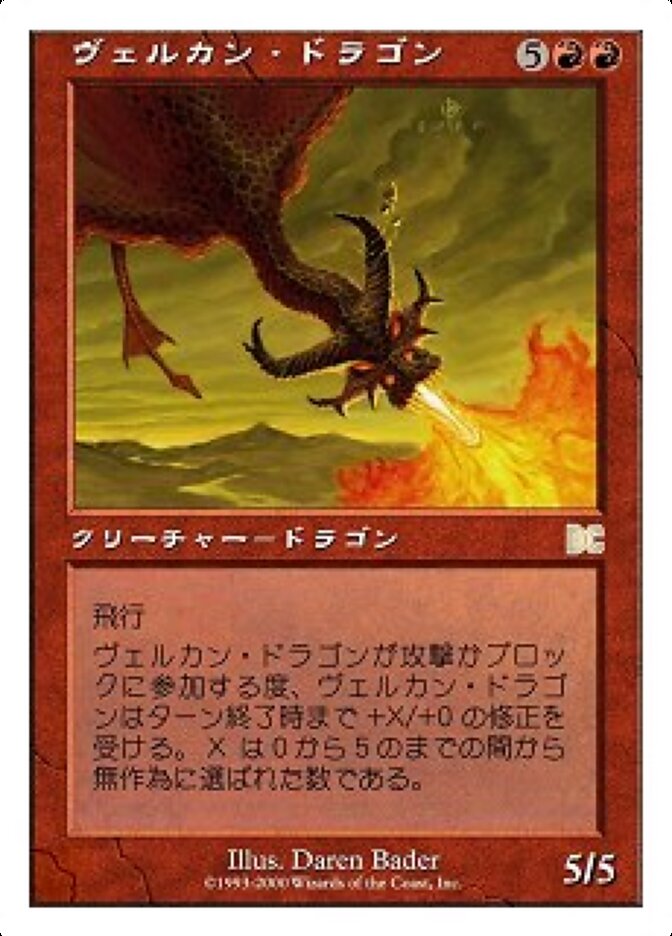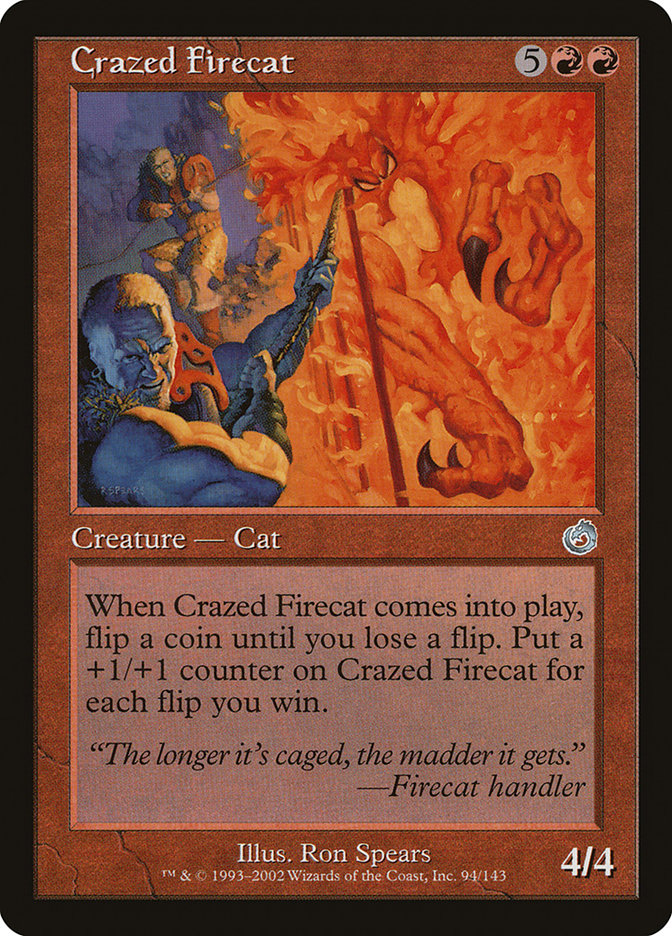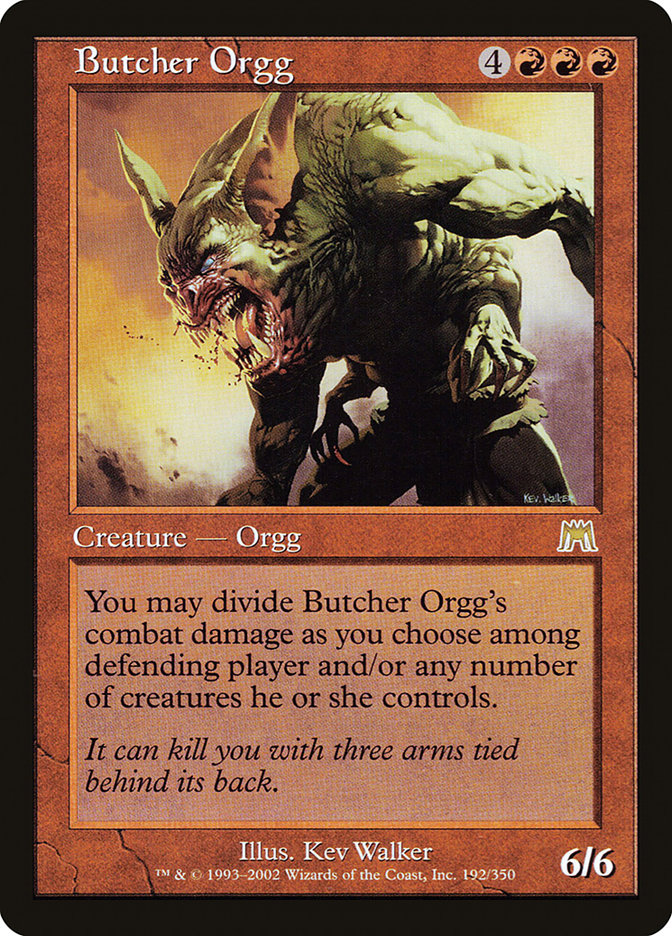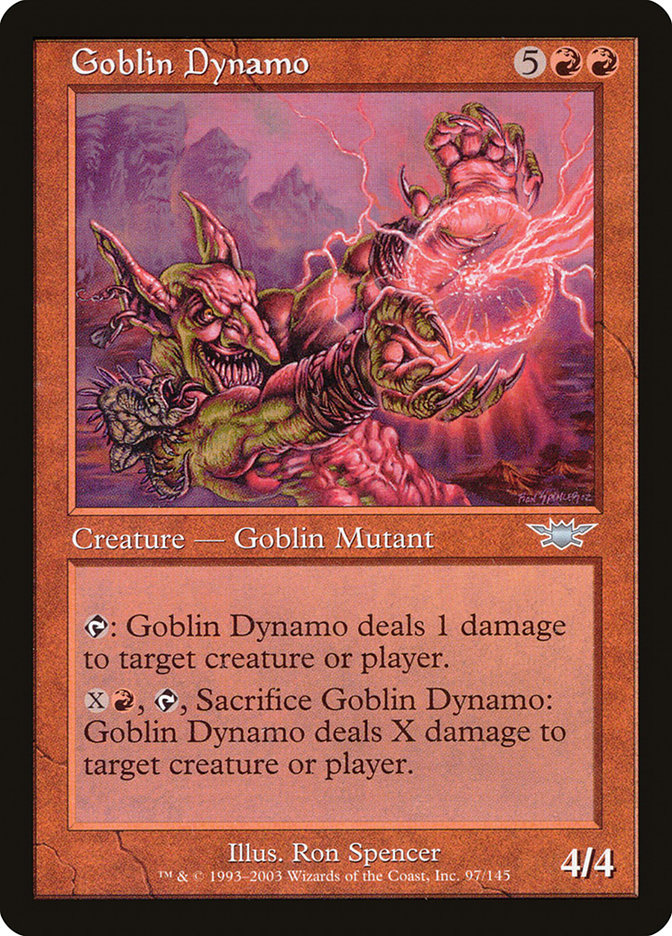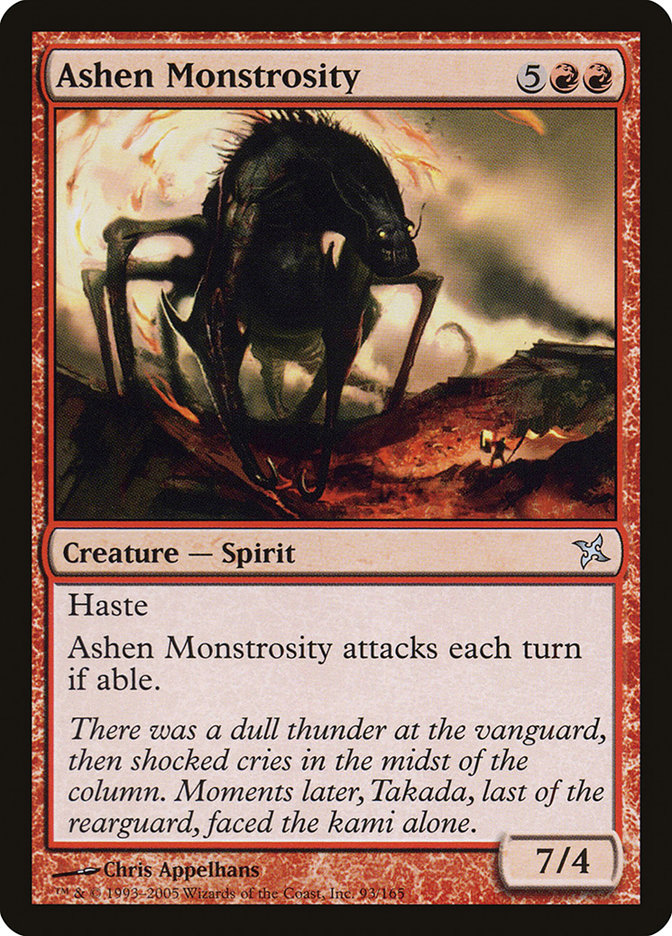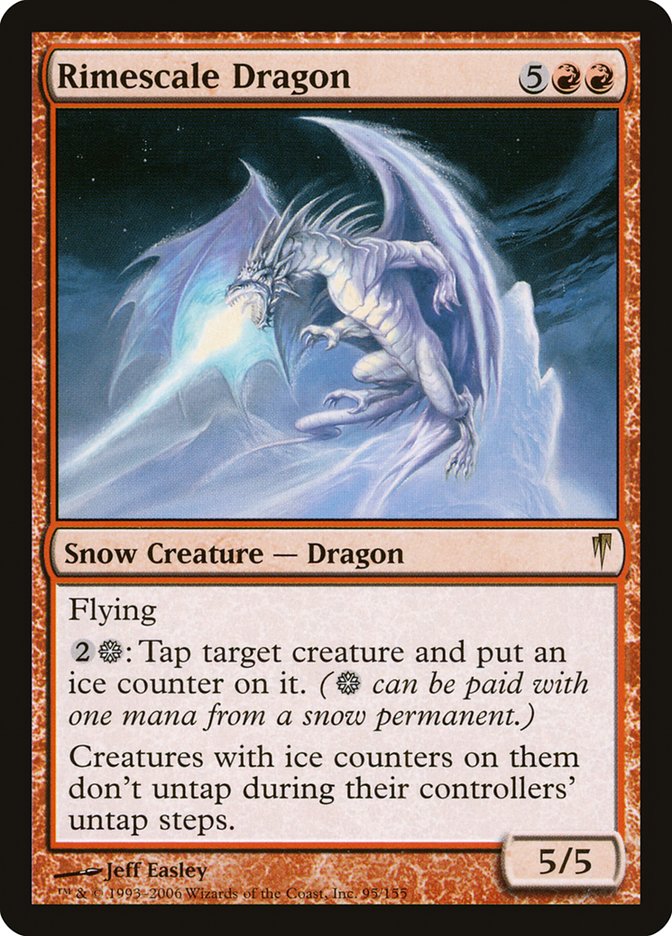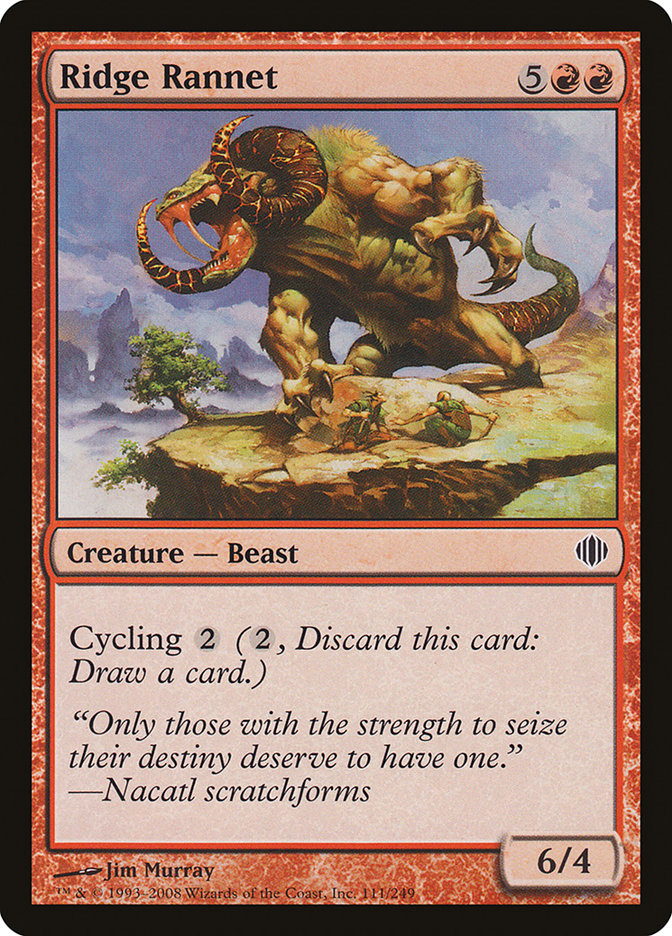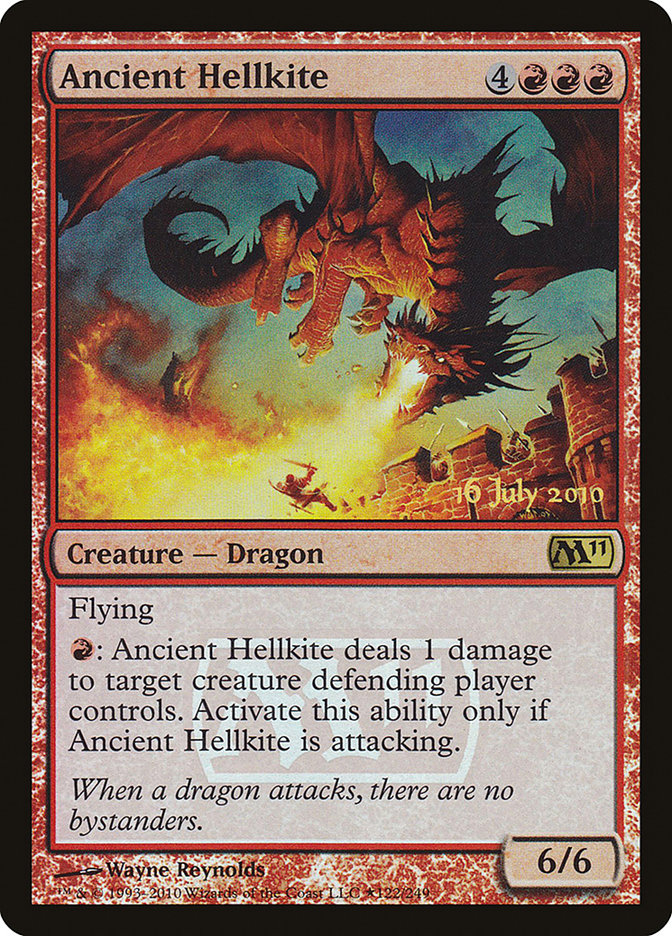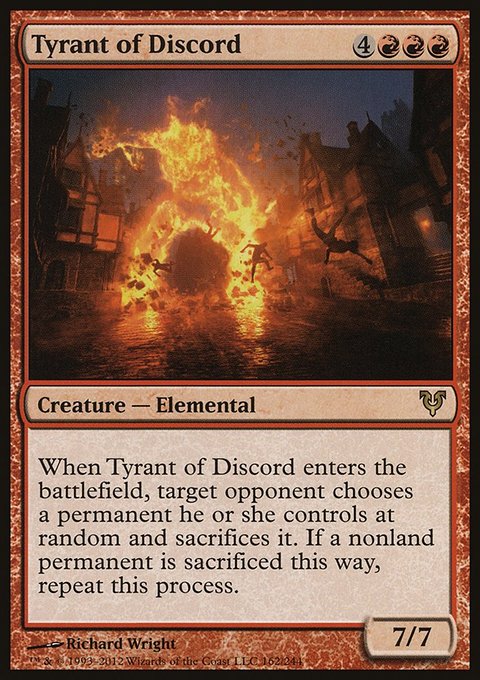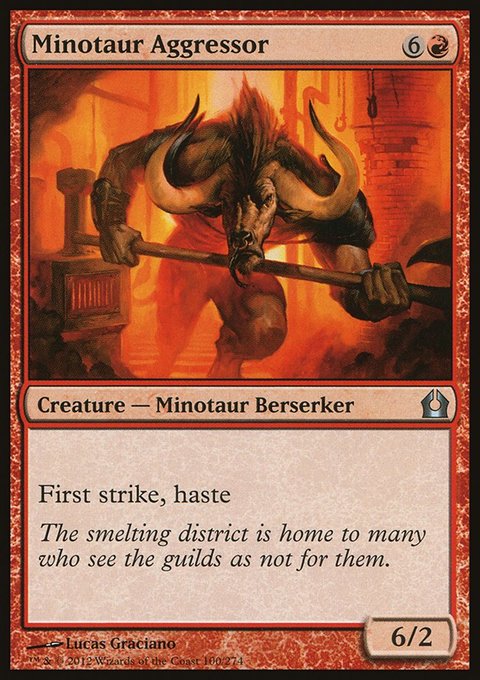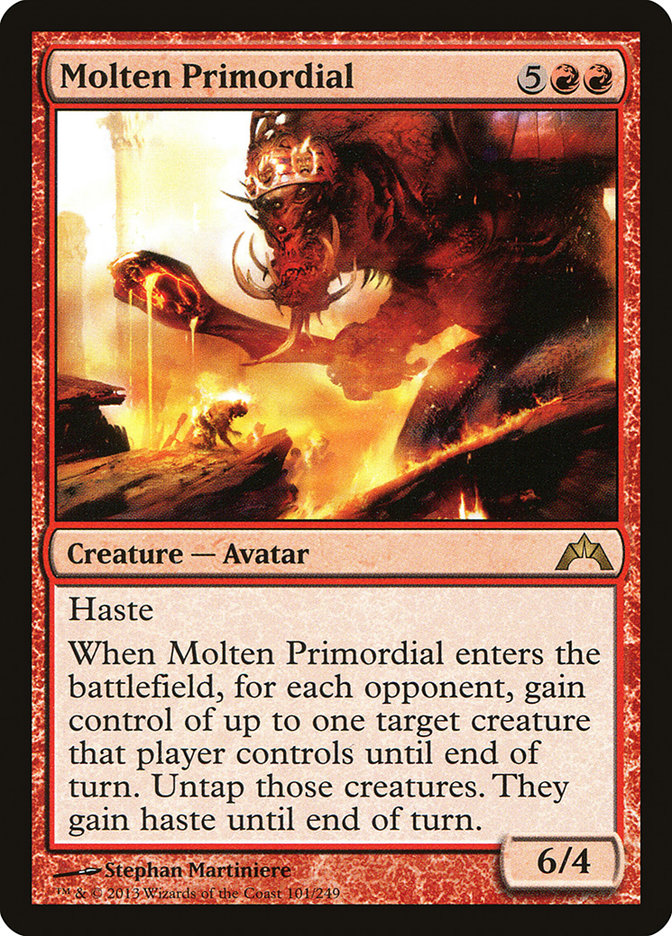Faultgrinder MTG Card
| Card sets | Released in 2 setsSee all |
| Mana cost | |
| Converted mana cost | 7 |
| Rarity | Common |
| Type | Creature — Elemental |
| Abilities | Evoke,Trample |
| Power | 4 |
| Toughness | 4 |
Text of card
Trample When Faultgrinder comes into play, destroy target land. Evoke (You may play this spell for its evoke cost. If you do, it's sacrificed when it comes into play.)
Cards like Faultgrinder
Within the realm of Magic: The Gathering, Faultgrinder offers a unique blend of land destruction and creature presence. It aligns closely with cards like Demolish and Rain of Tears, which also serve to obliterate opponents’ lands. Yet, Faultgrinder carves out its niche by emerging from your hand as a creature after carrying out its primary mission of demolishing a land. Unlike the straightforward demolition of Demolish or the sorcery-speed action of Rain of Tears, this card brings additional board presence.
Another parallel can be drawn to the card Avalanche Riders. Both are creatures boasting the land destruction ability. However, Avalanche Riders is of a lower mana cost and includes haste, allowing for immediate impact on the game. Conversely, Faultgrinder offers a beefier body, potentially contributing to a more durable presence on the battlefield post-destruction. Lastly, one couldn’t ignore Terastodon as a comparative behemoth: though more costly in terms of mana, it can decimate up to three target noncreature permanents and leaves behind a significant creature threat.
Critical evaluation of these options shows Faultgrinder to be a solid choice for decks focused on disrupting opponents’ mana bases while also establishing a considerable creature. Its unique selling point is the dual utility it provides, blending destruction with strategic creature play in MTG.
Cards similar to Faultgrinder by color, type and mana cost
Decks using this card
MTG decks using Faultgrinder. Dig deeper into the strategy of decks, sideboard cards, list ideas and export to play in ARENA or MOL.
| # | Name | Format | Archetype | Event |
|---|---|---|---|---|
 | Walls Cascade | Pauper | Walls Cascade | Pauper League 2023-11-15 |
Card Pros
Card Advantage: Faultgrinder shines in its ability to create imminent pressure on the battlefield. Upon entering the fray, this solid creature contributes to your advantage by targeting and demolishing a land. This disrupts your opponent’s mana base, potentially preventing them from casting key spells or stalling their game development.
Resource Acceleration: While Faultgrinder doesn’t directly accelerate your resources, the land destruction it imparts can indirectly speed up your game by setting back your opponent’s resource development. This effective disruption tactic ensures you are steps ahead, maintaining the tempo and control over the game’s pace.
Instant Speed: Although Faultgrinder operates at sorcery speed when cast traditionally, its Evoke mechanic allows you to capitalize on its land destruction ability at a lower cost. This utility offers flexibility in gameplay, letting you optimize your mana and strategic plays within various situations presented mid-game.
Card Cons
Discard Requirement: While Faultgrinder’s unearth ability can serve as a powerful late-game play, it’s important to remember the discard requirement associated with it. Players must discard a card upon activation, potentially putting them at a card disadvantage if they are not able to capitalize on the temporary return of the creature effectively.
Specific Mana Cost: As a card with a specific mana cost that demands both generic and red mana, Faultgrinder may not seamlessly fit into all deck builds. Decks that are not able to generate sufficient red mana might find it challenging to summon the creature when it is needed the most.
Comparatively High Mana Cost: With a casting cost of six mana, including three red, Faultgrinder can be interpreted as having a comparatively high mana cost, especially in formats where the pace of gameplay is quicker. This can impede its inclusion in aggro or fast-paced strategies that rely on casting lower cost creatures for rapid board development.
Reasons to Include in Your Collection
Versatility: Faultgrinder thrives in decks that aim to disrupt land bases, acting as a dynamic tool in both aggressive and control strategies. Its ability to destroy a land upon entry makes it a valuable inclusion in strategies looking to gain an upper hand by restricting the opponent’s resources.
Combo Potential: Its Earthquake ability, which triggers when it’s unearthed, allows inventive players to concoct combos that maximize land destruction or are paired with cards that capitalize on creature deaths or enters-the-battlefield effects.
Meta-Relevance: In formats where nonbasic lands are prevalent, Faultgrinder can serve as a functional answer within sideboards or even main decks to unsettle mana-intensive plays and keep ramp decks in check.
How to beat
Faultgrinder is an intriguing creature card known for its potential to disrupt land bases in Magic: The Gathering. Its arrival on the battlefield often means trouble for your opponent’s carefully laid mana strategies. The trick to overpowering a Faultgrinder lies in intercepting it before it can execute its land destruction ability. Counter spells prove to be effective shields, halting the Faultgrinder in its tracks and keeping your lands safe from its seismic entry.
Another strategic approach is to make use of instant-speed removal that can target Faultgrinder as it comes into play, potentially nullifying its impact. In a scenario where Faultgrinder has already unleashed its power, one might consider land recovery spells or abilities that enable you to bounce back quickly from the temporary setback.
Moreover, if Faultgrinder is brought into play using its Evoke cost, sacrificing it upon entry, this ensures its land destruction effect only lasts a single turn. Utilizing creature protection and indestructible land permanents can further solidify your defenses against this earth-shattering threat, ensuring your mana resources remain intact and your gameplay uninterrupted.
Where to buy
If you're looking to purchase Faultgrinder MTG card by a specific set like Lorwyn and Commander 2011, there are several reliable options to consider. One of the primary sources is your local game store, where you can often find booster packs, individual cards, and preconstructed decks from current and some past sets. They often offer the added benefit of a community where you can trade with other players.
For a broader inventory, particularly of older sets, online marketplaces like TCGPlayer, Card Kingdom and Card Market offer extensive selections and allow you to search for cards from specific sets. Larger e-commerce platforms like eBay and Amazon also have listings from various sellers, which can be a good place to look for sealed product and rare finds.
Additionally, Magic’s official site often has a store locator and retailer lists for finding Wizards of the Coast licensed products. Remember to check for authenticity and the condition of the cards when purchasing, especially from individual sellers on larger marketplaces.
Below is a list of some store websites where you can buy the Faultgrinder and other MTG cards:
 BUY NOW
BUY NOW BurnMana is an official partner of TCGPlayer
- eBay
- Card Kingdom
- Card Market
- Star City Games
- CoolStuffInc
- MTG Mint Card
- Hareruya
- Troll and Toad
- ABU Games
- Card Hoarder Magic Online
- MTGO Traders Magic Online
See MTG Products
Printings
The Faultgrinder Magic the Gathering card was released in 2 different sets between 2007-10-12 and 2011-06-17. Illustrated by Anthony S. Waters.
| # | Released | Name | Code | Symbol | Number | Frame | Layout | Border | Artist |
|---|---|---|---|---|---|---|---|---|---|
| 1 | 2007-10-12 | Lorwyn | LRW | 163 | 2003 | Normal | Black | Anthony S. Waters | |
| 2 | 2011-06-17 | Commander 2011 | CMD | 122 | 2003 | Normal | Black | Anthony S. Waters |
Legalities
Magic the Gathering formats where Faultgrinder has restrictions
| Format | Legality |
|---|---|
| Commander | Legal |
| Legacy | Legal |
| Paupercommander | Legal |
| Modern | Legal |
| Oathbreaker | Legal |
| Pauper | Legal |
| Vintage | Legal |
| Duel | Legal |
| Predh | Legal |
| Penny | Legal |
Rules and information
The reference guide for Magic: The Gathering Faultgrinder card rulings provides official rulings, any errata issued, as well as a record of all the functional modifications that have occurred.
| Date | Text |
|---|---|
| 2013-04-15 | If you cast this card for its evoke cost, you may put the sacrifice trigger and the regular enters-the-battlefield trigger on the stack in either order. The one put on the stack last will resolve first. |
